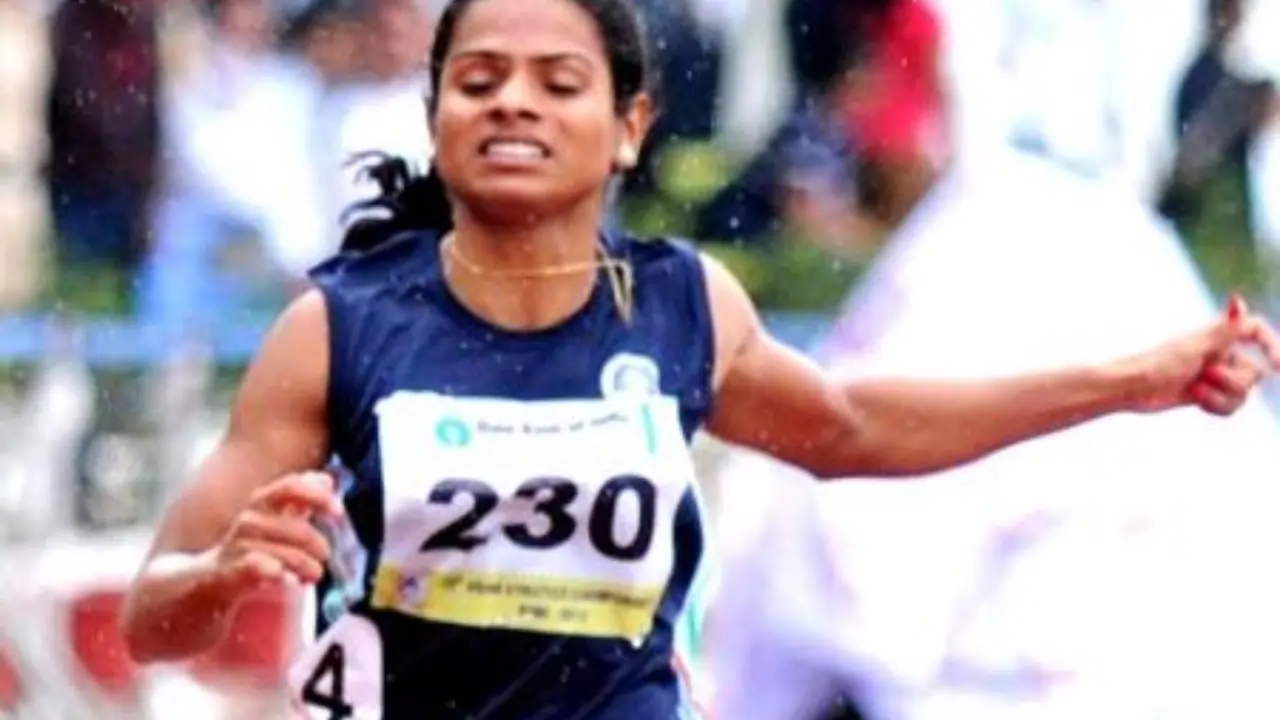
Table Tennis: Why India Must Adapt Its Long Pips Strategy
3 months ago | 5 Views
Mumbai: Massimo Costantini has been approached by various Chinese media outlets for interviews in recent months. The inquiries, as explained by the head coach of Indian table tennis, consistently focus on one topic: the frequent utilization of long pimple rubber by Indian female players.
“They are quite interested in the progress of table tennis in India,” he stated to HT during the recently concluded 86th Senior National Championships in Surat.
In recent years, while Chinese players have dominated competitions with relative ease, they have faced repeated defeats at the hands of Indian women who employ this unique rubber on the backhand side of their paddles.
The World Team Championships last year proved particularly concerning for China, as Ayhika Mukherjee triumphed over the then world No.1 Sun Yingsha, and Sreeja Akula overcame world No.2 Wang Yidi.
“That was a significant setback for China. It has been a frequent topic of discussion there,” Costantini remarked.
The rubber creates a deceptive effect by reversing the spin on the ball. For instance, if an opponent strikes with topspin, the player using the long pimple rubber will return it with a backspin, and vice versa.
Importantly for the Indian players, China has begun to investigate the use of this rubber. They are now incorporating sparring partners who utilize it to develop strategies for countering its effects. While the element of surprise may diminish, Costantini maintains that there remains potential to leverage this rubber as a strategic advantage.
“At present, it is employed in a rather passive manner,” he noted. “Many female players adopt this rubber early on, yet they fail to advance their overall game. They must focus on enhancing their variations—different speeds, heights, lengths, and placements...”
Prominent Indian player Achanta Sharath Kamal shares this perspective.
This rubber is designed for defensive play; however, a defensive mindset is not sufficient, he stated. "When young players utilize this rubber, they capitalize on the errors made by their opponents. Yet, as players mature, their opponents become more agile, possess superior footwork, and demonstrate a deeper understanding of the game. It is essential to adopt a more aggressive approach. This is where Manika (Batra) and Sreeja (Akula) distinguish themselves, as they employ an aggressive style with these rubbers."
India first experienced significant success with the long pimple rubber through Batra, who achieved a remarkable victory over then world No. 4 Feng Tianwei of Singapore, securing gold at the 2018 Commonwealth Games. Additionally, last year, Batra triumphed over world No. 2 Wang Manyu at a World Table Tennis event held in Saudi Arabia.
However, Batra was not the initial notable Indian player to effectively utilize this rubber. That distinction belongs to Neha Aggarwal Sharma, who represented India at the 2008 Olympics in Beijing.
"I began using the rubber at the age of seven," Neha recalled, having been introduced to it by her coach, Sandeep Gupta. "At that time, no one in India employed it, which made me feel out of place due to my unique playing style. There was no established playbook or role model to follow."
Neha ultimately became that role model. By the time Batra embarked on her sporting journey under Gupta's guidance, there was a greater understanding of the rubber and its potential advantages.
Batra's achievements on the international circuit inspired more players to adopt this rubber.
"When children begin playing, their backhand is often their weaker side, prompting coaches to suggest the use of long pimples," explained Akula, who made history last year by becoming the highest-ranked Indian singles player, reaching world No. 21.
"At the international level, where opponents are more aggressive, utilizing such a rubber can be challenging. We are now discovering more variations, but it is crucial to maintain consistency and deepen our understanding of its application."
Research is ongoing; however, there is a risk of stagnation. As foreign competitors begin to analyze the characteristics of long pimples and develop strategies to counter them, enhancing the backhand remains equally vital.
Ultimately, Akula emphasizes the necessity of cultivating a robust backhand. It is essential to possess a comprehensive skill set rather than relying solely on the rubber.
Aggarwal notes that the pace of the ball and the table has diminished compared to previous decades, resulting in a significantly reduced spin on the ball than what was achievable in the past.
“The nuances are diminishing, leading to longer rallies. Extended rallies pose challenges for long pimples,” Aggarwal remarks.
Arup Basak, a former national champion and the head coach of India, believes that the novelty of the rubber is swiftly diminishing.
“It is currently effective for players, but I anticipate it will not remain viable in 10 to 15 years,” he states. “The rubber possesses a fixed nature. While players are introducing more variations, the rubber itself has inherent constraints.”
The Chinese have now taken proactive steps to identify these limitations.
The rubber was extensively utilized by Chinese players during the 1980s and 1990s. Deng Yaping, regarded as one of the sport's greatest athletes, secured nine World Championship gold medals and four Olympic golds—in both singles and doubles at the 1992 Barcelona and 1996 Atlanta Games—while employing long pimples.
Now 51, Deng has been enlisted by the Chinese federation to conduct a training camp for current players in preparation for the 2024 Paris Olympics. This initiative was implemented in response to the increasing challenge posed by long pimples and the group of Indian players effectively utilizing them.
Read Also: Gill and Iyer Shine as India Clinches Victory Over England
Get the latest Bollywood entertainment news, trending celebrity news, latest celebrity news, new movie reviews, latest entertainment news, latest Bollywood news, and Bollywood celebrity fashion & style updates!
HOW DID YOU LIKE THIS ARTICLE? CHOOSE YOUR EMOTICON!
#




















